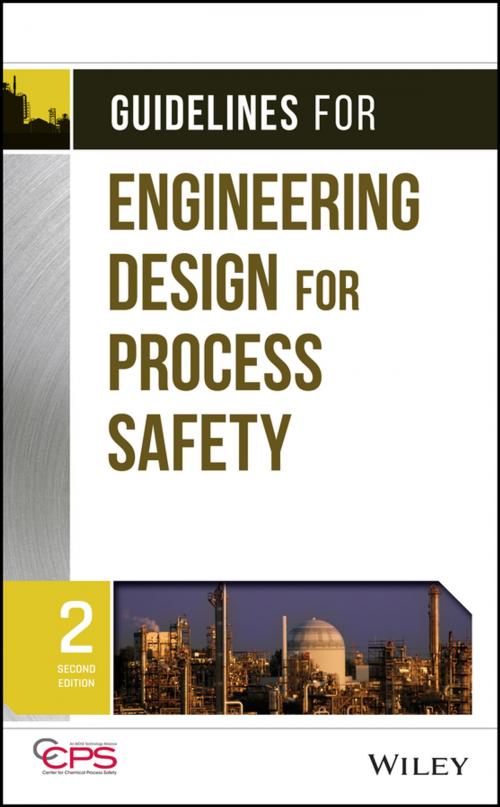Guidelines for Engineering Design for Process Safety
Nonfiction, Science & Nature, Technology, Engineering, Chemical & Biochemical| Author: | CCPS (Center for Chemical Process Safety) | ISBN: | 9781118265468 |
| Publisher: | Wiley | Publication: | November 7, 2012 |
| Imprint: | Wiley-AIChE | Language: | English |
| Author: | CCPS (Center for Chemical Process Safety) |
| ISBN: | 9781118265468 |
| Publisher: | Wiley |
| Publication: | November 7, 2012 |
| Imprint: | Wiley-AIChE |
| Language: | English |
This updated version of one of the most popular and widely used CCPS books provides plant design engineers, facility operators, and safety professionals with key information on selected topics of interest. The book focuses on process safety issues in the design of chemical, petrochemical, and hydrocarbon processing facilities. It discusses how to select designs that can prevent or mitigate the release of flammable or toxic materials, which could lead to a fire, explosion, or environmental damage.
Key areas to be enhanced in the new edition include inherently safer design, specifically concepts for design of inherently safer unit operations and Safety Instrumented Systems and Layer of Protection Analysis. This book also provides an extensive bibliography to related publications and topic-specific information, as well as key information on failure modes and potential design solutions.
This updated version of one of the most popular and widely used CCPS books provides plant design engineers, facility operators, and safety professionals with key information on selected topics of interest. The book focuses on process safety issues in the design of chemical, petrochemical, and hydrocarbon processing facilities. It discusses how to select designs that can prevent or mitigate the release of flammable or toxic materials, which could lead to a fire, explosion, or environmental damage.
Key areas to be enhanced in the new edition include inherently safer design, specifically concepts for design of inherently safer unit operations and Safety Instrumented Systems and Layer of Protection Analysis. This book also provides an extensive bibliography to related publications and topic-specific information, as well as key information on failure modes and potential design solutions.















